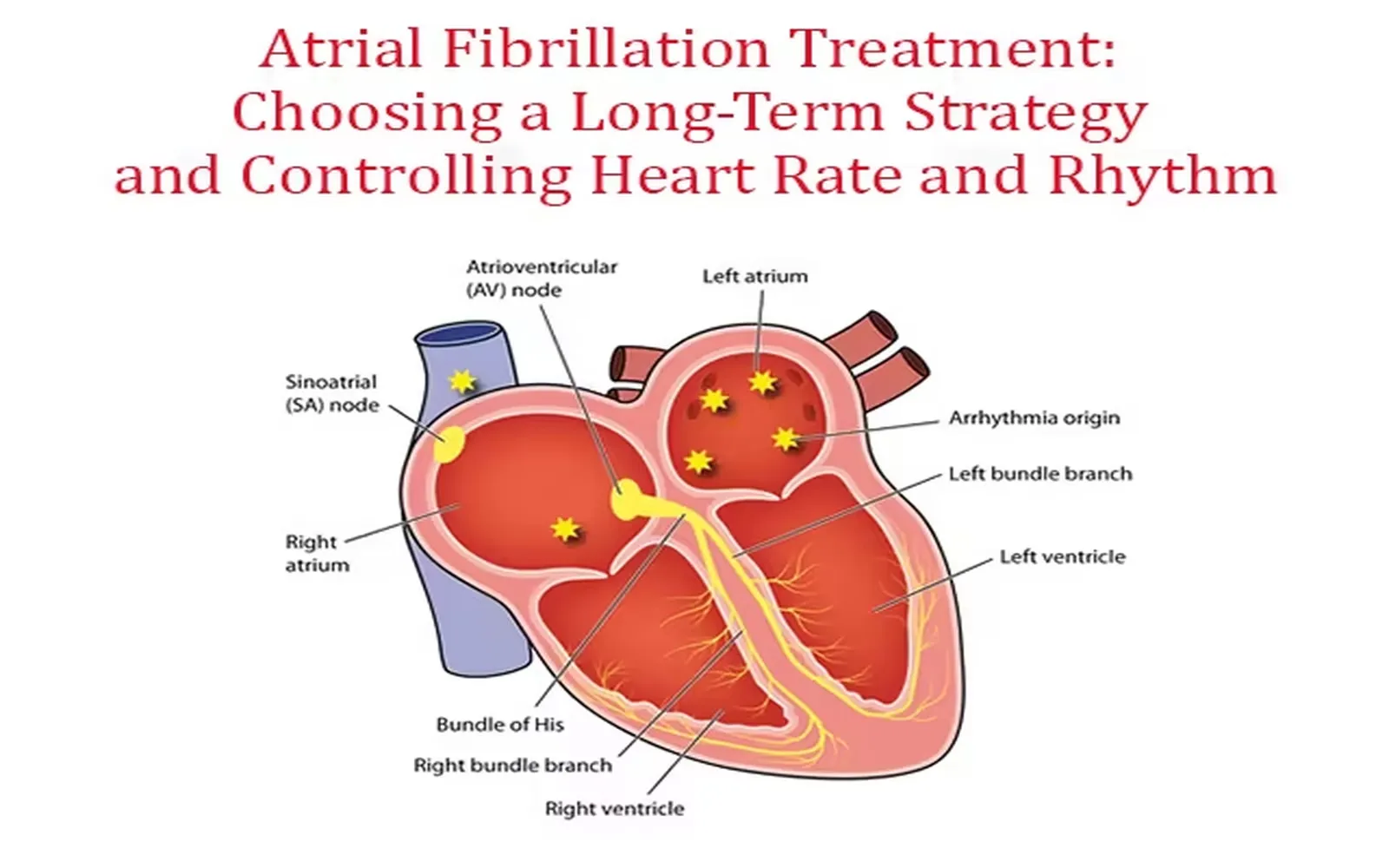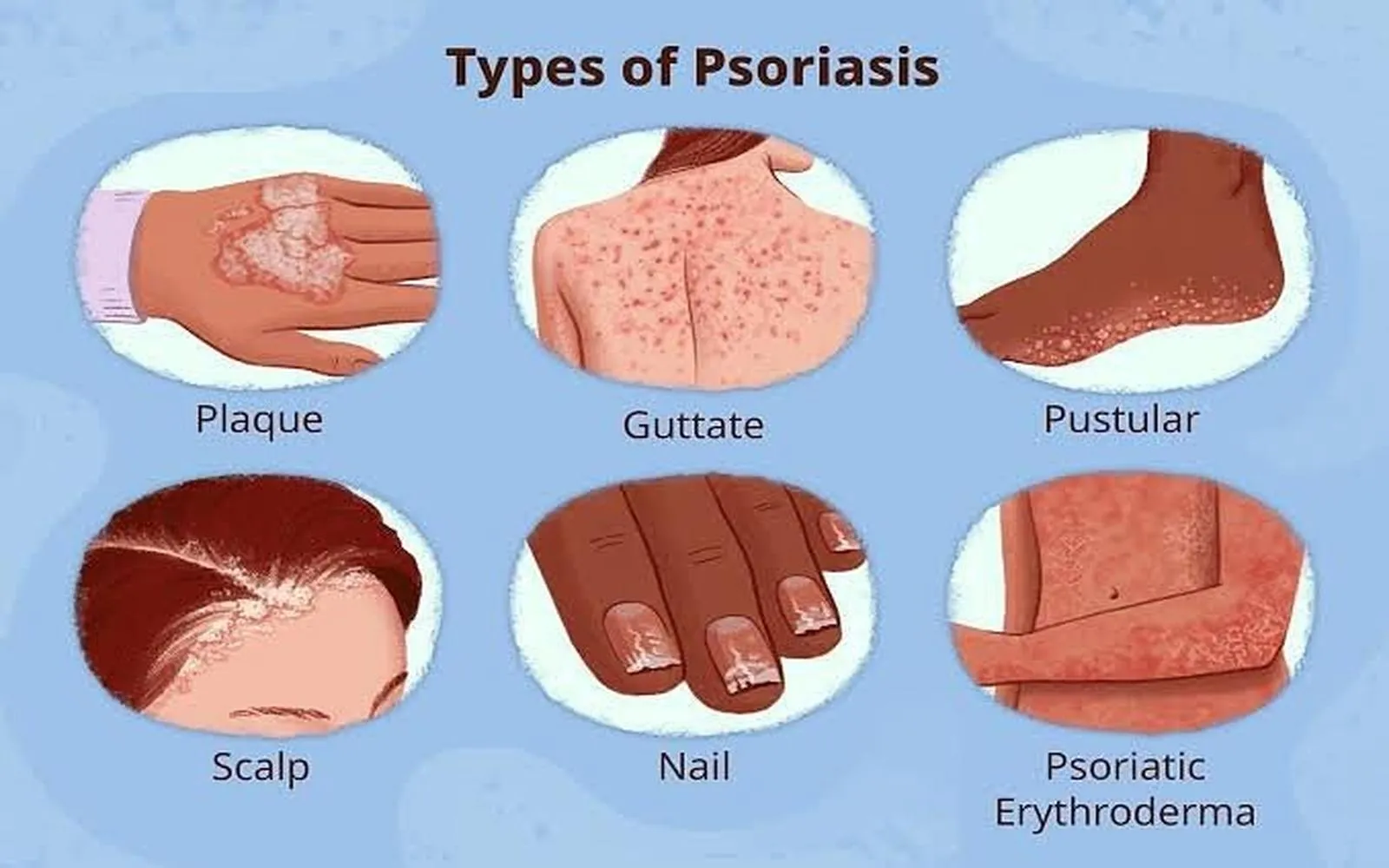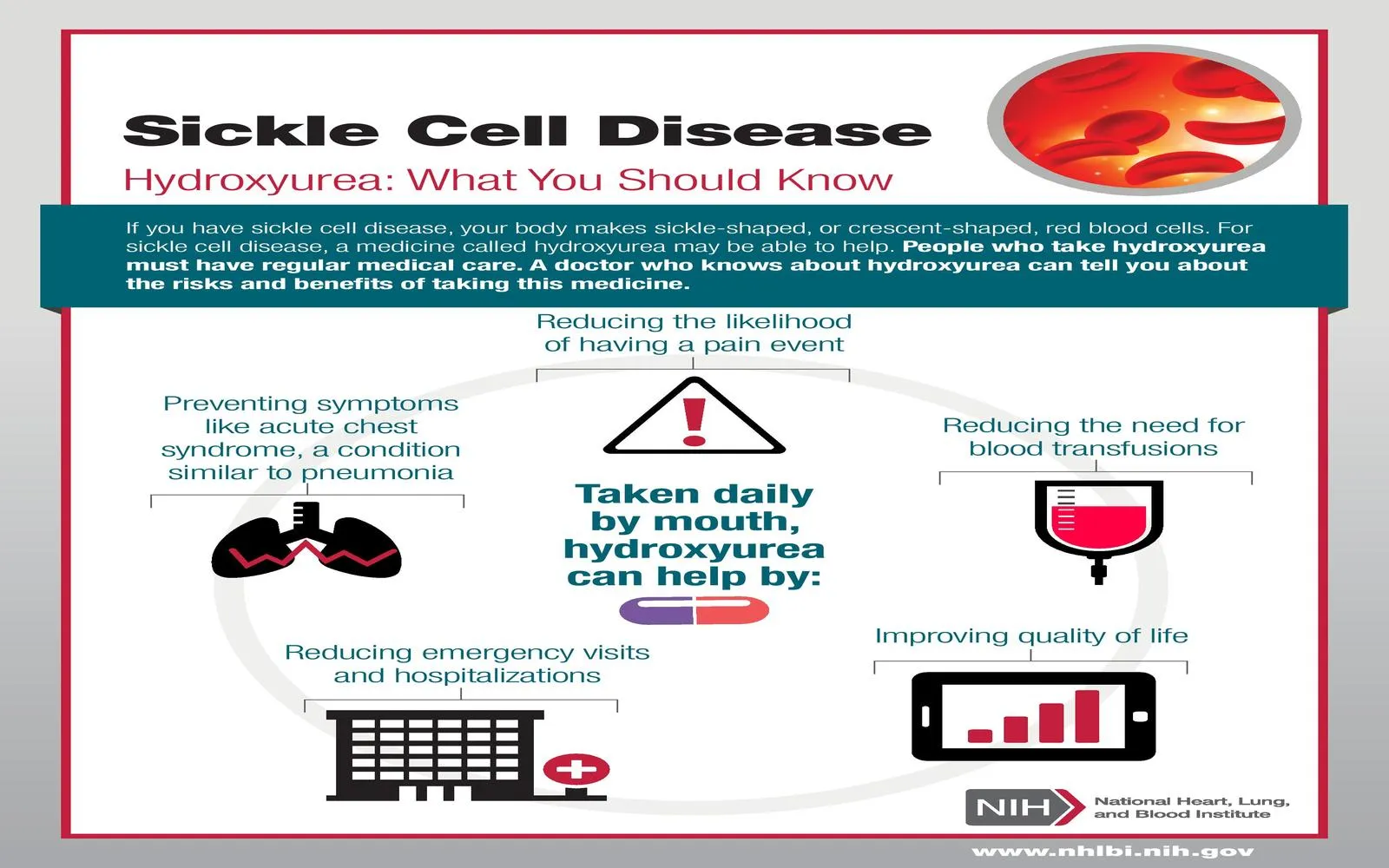Hair loss is a common issue that affects millions of people worldwide, leading to a search for effective solutions. With advancements in science and technology, there are numerous hair loss treatment options available today. In this article, we will explore various hair restoration treatments, helping you make an informed choice based on your individual needs.
Understanding Hair Loss
Before diving into treatment options, it’s important to understand the underlying causes of hair loss. Factors such as genetics, hormonal changes, medical conditions, and lifestyle choices can contribute to thinning hair. Recognizing these factors can help you choose the most effective hair restoration solution.
Popular Hair Restoration Treatments
Here’s a comparison of some of the most popular hair loss treatments available today:
| Treatment Type | Description | Effectiveness | Side Effects |
|---|---|---|---|
| Minoxidil | A topical solution applied directly to the scalp to stimulate hair growth. | Moderate; works best for those in the early stages of hair loss. | Itching, dryness, or irritation at the application site. |
| Finasteride | An oral medication that inhibits the hormone responsible for hair loss. | High; effective in slowing hair loss and promoting regrowth. | Potential sexual side effects, including decreased libido. |
| Hair Transplant Surgery | A surgical procedure that moves hair follicles from one part of the scalp to another. | Very high; provides permanent results depending on donor hair quality. | Scarring, infection, or unnatural-looking results if not done correctly. |
| Platelet-Rich Plasma (PRP) | A non-surgical treatment that uses the patient's own blood to promote hair growth. | Moderate; results can vary, often requiring multiple sessions. | Minimal side effects; potential for bruising or swelling at injection sites. |
| Laser Therapy | Low-level laser light is used to stimulate hair follicles. | Moderate; best suited for those with early hair loss. | Generally safe; some users report scalp irritation. |
Choosing the Right Treatment
Choosing the right hair loss treatment depends on several factors, including the extent of your hair loss, your overall health, and your personal preferences. Here are some tips to guide your decision:
- Consult a Professional: Before starting any treatment, consult with a dermatologist or a hair restoration specialist. They can assess your condition and recommend the most suitable options.
- Consider Your Budget: Some treatments, like hair transplant surgery, can be expensive, while others, such as minoxidil, are more affordable. Evaluate your budget to find a treatment that works for you.
- Evaluate Time Commitment: Some treatments require daily application, while others may need monthly visits. Ensure you select a treatment that fits into your lifestyle.
- Research Success Rates: Investigate the effectiveness of different treatments. Look for credible studies or testimonials from individuals who have undergone the treatments you are considering.
Combining Treatments for Optimal Results
In many cases, combining different hair restoration treatments can yield better results. For example, using minoxidil in conjunction with finasteride can enhance hair regrowth. Always consult with a professional before combining treatments to avoid potential interactions or side effects.
Maintaining Healthy Hair
In addition to treatment, maintaining a healthy lifestyle can support your hair restoration efforts. Here are some tips for promoting healthy hair:
- Eat a Balanced Diet: Include vitamins and minerals that promote hair health, such as biotin, vitamin D, and iron.
- Avoid Stress: High-stress levels can exacerbate hair loss. Incorporate stress-reducing activities such as yoga, meditation, or regular exercise.
- Limit Heat and Chemical Treatments: Excessive use of heat styling tools and harsh chemicals can damage hair and inhibit growth.
Conclusion
Hair loss can be a distressing experience, but with the right hair restoration treatments, you can reclaim your confidence and achieve fuller hair. By understanding your options and consulting professionals, you can find an effective solution tailored to your needs. Remember, consistency and patience are key to seeing results, so stay committed to your chosen treatment plan.









